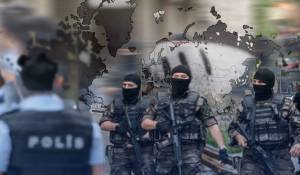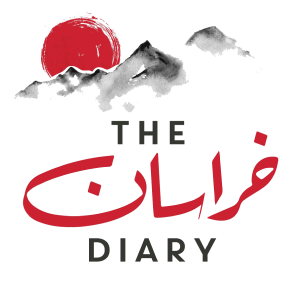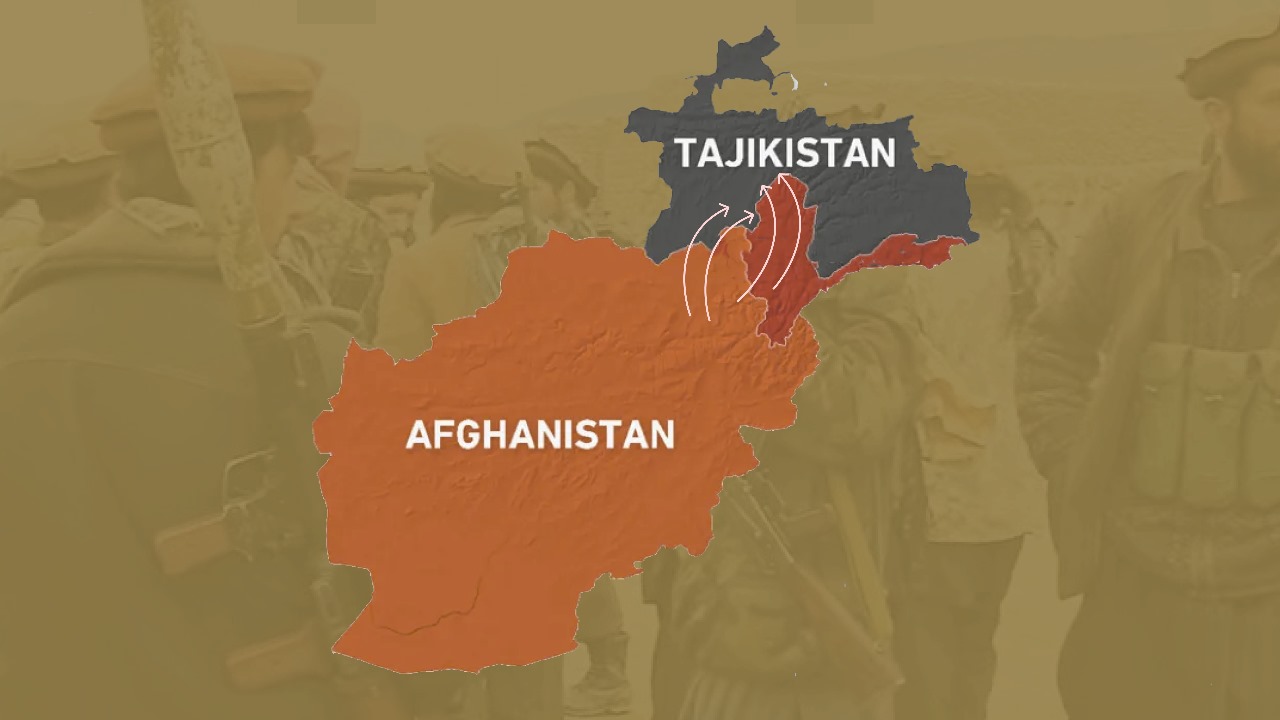
Uran Botobekov

January 18, 2026
By | Uran Botobekov

JA Ideology: Local Jihad based on Tajik Ethno-Nationalism
Among all Central Asian jihadi groups that have taken sanctuary in Afghanistan and engaged in a “holy war” against the ANDSF - Afghan Western coalition forces for the last twenty years, Tajik Jamaat Ansarullah (JA) group has consistently aligned most closely with the Taliban in terms of strategic goals and jihadi ideology. During the rapid takeover of Afghanistan by the Taliban in August 2021, JA publicly identified itself as an integral component of the Taliban movement, even displaying its own flag. In contrast, Uzbek factions like Katibat Imam al-Bukhari (KIB) and the Islamic Jihad Union (IJU) played a part in the fall of Kabul under the Taliban banner without disclosing their participation.
Due to its loyalty and ideological alignment with the Afghan Taliban, JA was unofficially bestowed with the title Tehrik-e-Taliban Tajikistan (TTT). In the rapid summer 2021 offensive, the Taliban entrusted the security of several districts, including Kuf Ab, Khwahan, Maimay, Nusay, and Shekay, in Afghanistan's northern province of Badakhshan to JA. The Taliban, subsequently compelled to enhance border security, deployed Tajik JA Islamist militants to safeguard Afghanistan's borders with Tajikistan and equipped them with advanced Western weaponry, communication devices, vehicles, and combat gear. Evidently, the Islamic Emirate of Afghanistan took this measure to exert pressure on the Tajik government due to its hostile stance toward the new Afghan regime. Thus, unlike other post-Soviet Central Asian countries, which have taken measured positions regarding the new authorities in Kabul, Tajikistan has been conspicuously vocal in its critique, describing the Taliban regime as a regional stability threat and criticizing it for its lack of inclusivity.
While JA serves as a formidable instrument in the Taliban regime's hands for securing several northern border districts in Badakhshan, primarily against the Ahmad Massoud-led National Resistance Front (NRF) and the Islamic State of Khorasan Province (ISKP), it remains steadfast in its commitment to its core jihadi objectives. The primary goal of the Tajik jihadi battalion remains the removal of the secular, authoritarian, and nepotistic Tajik regime led by Tajik President Emomali Rahmon.
Tajik authorities frequently tend to amplify the security concerns posed by Jamaat Ansarullah along the Afghan-Tajik border as a means of rationalizing their politically driven suppression of both religious and secular opposition. Dushanbe has attributed the recent cross-border incursion of armed individuals from the Afghan side solely to Jamaat Ansarullah (JA) and the Taliban's intelligence services. According to the Tajik State Committee for National Security (SCNS), on September 5, they effectively thwarted the efforts of three JA operatives attempting a cross-border raid into Tajikistan's Darvaz region from Afghanistan's Badakhshan province.
In a move to underscore the operation's success, Tajikistan's counter-terrorism agency publicly revealed photographs of the seized arsenal and the neutralized extremists through the National News Agency, Khovar, thereby making their identities known. The family members of the deceased individuals disavowed any association with the JA group and conveyed on Telegram that their requests for the release of their loved ones' bodies were denied, citing national legislation, which mandates their secretive burial.
This incident represents the second time in the past two years that Tajik forces have neutralized alleged JA members. The first incident occurred on April 26, 2023, when the Tajik task force neutralized two militants in the village of Dashti Yazgulom, Vanj district, who had crossed the Afghan-Tajik border with the intent to destabilize the internal political situation in Tajikistan.
Shortly after this, Jamaat Ansarullah released a 13-minute video in which one of its militants called on the domestic audience, urging Tajik Muslims to rise up and struggle against the 'Taghut' (idolater) government without fear of terrorism charges. He emphasized that Afghanistan is governed by Mujahideen of Allah and suggested that the Tehrik-e Taliban Pakistan (TTP) is on the verge of seizing power in Pakistan.
Additionally, the JA militant expressed admiration for Jaysh al-Adl (JAA), a Sunni Salafi militant organization operating in Iran's Sistan-Baluchistan province against the Iranian government.
On Telegram media channels, JA supporters portray Emomali Rahmon as the primary 'Taghut' (idolater), encircled by a servile security apparatus driven by his fear for personal safety. JA ideologues ridiculed his titles as 'the Founder of Peace and National Unity, Leader of the Tajik Nation,' asserting that these grand designations were concocted by “palace sycophants” to satisfy Emomali’s personal ambitions. JA Islamists have further accused the Tajik president of grooming his son, Rustam, as the 'next Leader of the Nation,' whose fate they believe is already sealed, not by the nation but by his father.
A comprehensive examination of Jamaat Ansarullah's jihadi and propaganda efforts indicates that the group's ideological stance and public expressions of faith unquestionably align with its informal label as the 'Tajik Taliban.' Much like its parent organization, JA is committed to a local jihadi agenda, marked by a blend of Islamist and nationalist aims, mainly focused within Tajikistan's borders. JA distinguishes itself from other Central Asian jihadi groups, such as Katibat al-Tawhid wal Jihad (KTJ), Islamic Movement of Uzbekistan (IMU), IJU, and KIB, through its commitment to Tajik ethno-nationalism and Islamist ideology. While these groups, which are affiliated with al-Qaeda, aim to impose Sharia law across all of Central Asia, JA's ideological focus is more narrowly tailored to promoting a Tajik-centric agenda.
A thorough examination of past and present statements by JA leaders and members reveals a notable absence of explicit calls for global jihad. Furthermore, the composition of the group is predominantly mono-Tajik militants, primarily hailing from the Isfara’s Sughd, Kulob’s Khatlon regions, and Karategin Valley of Tajikistan, where radical Salafism has gained traction, accompanied by discontent towards the policies of the central authorities.
Evidently, within its propaganda, JA portrays President Rahmon as a personal enemy, asserting that, in the view of Islamists, he 'has been waging a bloody war against the believers of Allah for the last two decades.' Indeed, the Tajik president's repressive religious policies, aimed at consolidating his power and suppressing political Islamic opposition, have led to the departure of many members of the Islamic Renaissance Party from the country and the establishment of the JA jihadi group abroad.
Tajik Jihad Spanning Two Generations
Hence, JA was established in 2006 by Amriddin Tabarov, a renegade former field commander of the United Tajik Opposition (UTO), along with UTO militants who had rejected the terms of the General Agreement on Peace and Accord in Tajikistan, signed in 1997 in Moscow.
Amriddin Tabarov was reported by the Tajik Ministry of Internal Affairs to have been killed in 2016 during a special operation near Kunduz by Afghan National Security Forces. In 2009, the US military arrested Tabarov's two sons, who were subsequently detained in a prison at a military base in Bagram before their extradition to Tajikistan in 2019. The father of the current JA leader, Mahdi Arsalan (whose real name is Muhammad Sharifov), aged 27, Mirkhoja Sharifov, served as a religious advisor to Amriddin Tabarov. Beyond their involvement in anti-government rebel activities, their bond was further strengthened by close family ties: one of Mahdi Arsalan's sisters is married to one of the sons of the JA founder.
The profound radicalization of Mahdi Arsalan's religious beliefs was significantly influenced by the murder of his father and brother at the hands of Tajik special services during the suppression of the former UTO field commander Mullo Abdullo Rakhimov in the Rasht region in 2011. Four years following this harrowing incident, the future leader of Jamaat Ansarullah embarked on a journey of labor migration to Russia, a common recourse for many unemployed people in Central Asia. Subsequently, Mahdi Arsalan embarked on a hijrah (the migration of Muslims in defense of Islam) from Russia to Afghanistan and joined the ranks of JA militants, carrying forward his father's legacy of waging holy jihad against the Tajik government.